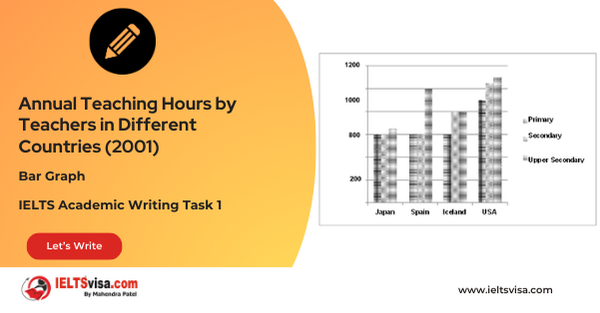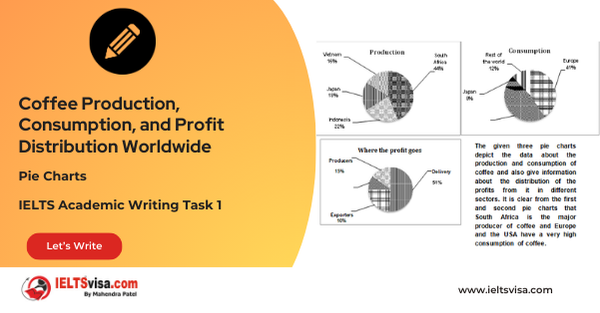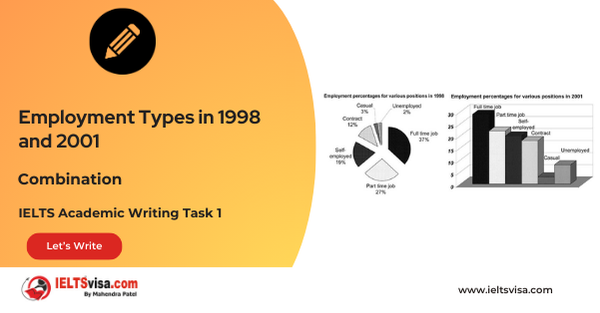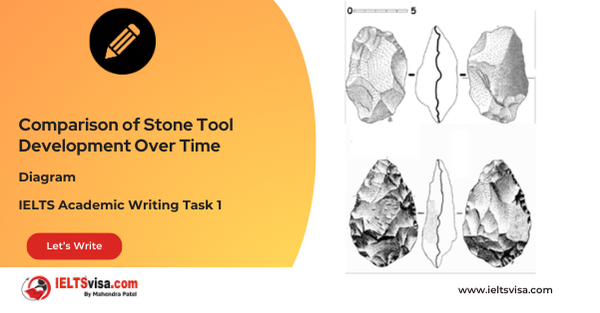The percentage of the population and the types of houses they live in 3 areas of a city
IELTS Academic Writing Task 1 - Tables

IELTS Writing Task 1 Question
The table below shows the percentage of the population and the types of houses they live in 3 areas of a city. Summarise the information by selecting and reporting the main features and make comparisons where relevant.

Common Questions for the Table
1. Graph Type: Table
2. Title: Population and Housing Types in Three Areas of a City
3. What are the units of measurement?: Percentage of the population
4. Who: Residents of three areas in a city
5. When: Not specified (current data)
6. Where: Three areas of a city (Central Area, Green Park, Southberg)
7. Topic: Types of houses inhabited by the population in three urban areas
Comparison Showing and Trends Any change over time (such as an increase or a decrease) is a trend.
Comparison 1 : Housing Preferences in Areas
- Details:
1. In the Central Area, 39% of the population lives in detached houses, contrasting sharply with Green Park, where only 5% reside in detached homes.
2. The Southberg Area has a slightly higher percentage of detached house residents at 14%.
Comparison 2 : Popularity of Semi-Detached and Terraced Houses
- Details:
1. Semi-detached houses are not favoured in any area, with only 28% in Central Area, and just 5% in both Green Park and Southberg.
2. Terraced houses are most popular in Green Park, where 56% of the population lives, compared to 18% in Central Area and only 14% in Southberg.
Comparison 3 : Flats or Apartments Usage
- Details:
1. A significant 76% of residents in Green Park live in flats or apartments, while only 15% of Central Area residents choose this housing type.
2. In Southberg, about 25% of the population resides in apartments, indicating a preference for other housing types.
Sample Answer
The provided table compares the population and housing types across three areas of a city. While the population in all three areas is relatively uniform at around 32,000, their housing preferences show marked differences.
In the Central Area, 39% of the population resides in detached houses, which is significantly higher compared to only 5% in Green Park. Southberg also has a modest proportion of detached house residents at 14%. Semi-detached houses are less favored overall, with only 28% in Central Area and just 5% in both Green Park and Southberg.
Terraced houses are predominantly found in Green Park, where 56% of the population lives, contrasting sharply with the Central Area and Southberg, which have only 18% and 14%, respectively. In terms of flats or apartments, Green Park leads with 76% of its residents living in this type of accommodation. In contrast, only 15% of Central Area inhabitants opt for flats, while Southberg has about 25% of its population residing in apartments.
Top 27 Vocabularies
| Vocabulary | Type |
Meaning | Synonyms | Examples |
|
Population |
Noun |
The total number of people living in a certain area |
Inhabitants, residents |
“The population in all three areas is around 32,000.” |
|
Housing |
Noun |
Types of accommodations where people live |
Dwellings, residences |
“The table compares the housing of three city areas.” |
|
Preference |
Noun |
A greater liking for one alternative over another |
Choice, inclination |
“Housing preferences show marked differences.” |
|
Detached houses |
Noun |
Houses that are not connected to other houses |
Standalone houses |
“39% of the Central Area lives in detached houses.” |
|
Terraced houses |
Noun |
Houses that are joined together in a row |
Row houses |
“Terraced houses are predominantly found in Green Park.” |
|
Area |
Noun |
A specific region or zone within a place |
Region, locality |
“The table compares the population and housing types across three areas.” |
|
Relatively |
Adverb |
In comparison with something else |
Comparatively, somewhat |
“The population in all three areas is relatively uniform.” |
|
Uniform |
Adjective |
Consistent or the same across all parts |
Consistent, identical |
“The population is uniform at around 32,000.” |
|
Proportion |
Noun |
The amount or percentage of something in relation to the whole |
Percentage, ratio |
“39% of the population in Central Area lives in detached houses.” |
|
Modest |
Adjective |
Not large or important in comparison |
Small, moderate |
“Southberg has a modest proportion of detached house residents.” |
|
Favored |
Verb/Adjective |
Liked more or preferred |
Preferred, liked |
“Semi-detached houses are less favored in all three areas.” |
|
Overall |
Adverb |
In total or considering all aspects |
Generally, in general |
“Semi-detached houses are less favored overall.” |
|
Contrast |
Verb/Noun |
To compare in order to highlight differences |
Differentiate, compare |
“Terraced houses are predominantly found in Green Park, contrasting with the other areas.” |
|
Predominantly |
Adverb |
Mainly or for the most part |
Mainly, chiefly |
“Terraced houses are predominantly found in Green Park.” |
|
Inhabitants |
Noun |
The people who live in a certain place |
Residents, dwellers |
“The inhabitants of Southberg have different housing preferences.” |
|
Accommodation |
Noun |
A place where someone lives or stays |
Housing, dwelling |
“Flats or apartments are a popular accommodation choice in Green Park.” |
|
Opt |
Verb |
To choose or decide on something |
Choose, select |
“Only 15% of Central Area residents opt for flats.” |
|
Leads |
Verb |
To be the most significant or predominant |
Tops, heads |
“Green Park leads with 76% of residents living in flats.” |
|
Percentage |
Noun |
A fraction or proportion expressed as a part of 100 |
Proportion, share |
“The percentage of residents in Southberg living in apartments is about 25%.” |
|
Reside |
Verb |
To live or dwell in a particular place |
Live, dwell |
“39% of the population in Central Area resides in detached houses.” |
|
Sharp |
Adjective |
Very noticeable or distinct |
Clear, obvious |
“There is a sharp contrast between Green Park and the other areas.” |
|
Opt for |
Verb |
To choose something among alternatives |
Choose, decide on |
“Residents in Southberg opt for semi-detached houses.” |
|
Substantial |
Adjective |
Considerable or large in amount or degree |
Significant, considerable |
“The difference in housing preference between the areas is substantial.” |
|
Alternatives |
Noun |
Different options or choices |
Choices, substitutes |
“There are multiple housing alternatives available in the city.” |
|
Marked |
Adjective |
Significant or noticeable |
Noticeable, distinct |
“There are marked differences in housing preferences across the areas.” |
|
Type |
Noun |
A category or classification |
Kind, sort |
“The table compares the types of housing in different areas.” |
|
Inhabit |
Verb |
To live in a place |
Reside, live |
“Southberg is inhabited by people who prefer detached houses.” |

Our Books
Master IELTS Speaking Part 1
IELTS Writing Task 1 Book
IELTS Writing Task 2 Book
Writing Task 1 Question Types
Practice IELTS Other Modules
IELTS Listening
The IELTS Listening test assesses how well you can understand spoken English in various contexts. It lasts about 30 minutes and is divided into four sections with a total of 40 questions. The listening tasks become increasingly difficult as the test progresses.
IELTS Academic Reading
The IELTS Academic Reading section assesses your ability to understand and interpret a variety of texts in academic settings. It is designed to evaluate a range of reading skills, including skimming for gist, reading for main ideas, reading for detail, understanding inferences, and recognizing a writer's opinions and arguments.
IELTS Speaking
The IELTS Speaking test assesses your ability to communicate in English on everyday topics. It lasts 11-14 minutes and consists of three parts: introduction, cue card, and a discussion based on the cue card topic.
IELTS General Reading
IELTS General Reading tests your ability to understand and interpret various types of texts. Here are some key areas and types of content you can expect to encounter in the reading section, along with tips for effective preparation.
IELTS Academic Writing Task 1
In IELTS Academic Writing Task 1, you are presented with a visual representation of information, such as graphs, charts, tables, or diagrams, and you are required to summarize, compare, or explain the data in your own words.
IELTS General Writing Task 1
In IELTS General Writing Task 1, you are required to write a letter based on a given situation. The letter can be formal, semi-formal, or informal, depending on the prompt. Here’s a breakdown of the key components to include in your letter
IELTS Academic Writing Task 2
In IELTS Academic Writing Task 2, you are required to write an essay in response to a question or topic. Here’s a guide to help you understand the essential elements of this task
IELTS Exam Tips
To succeed in the IELTS exam, practice regularly, familiarize yourself with the test format, improve your vocabulary, develop time management skills, and take mock tests to build confidence.
Grammer for IELTS
Grammar is the foundation of effective communication in English. Understanding tense usage, subject-verb agreement, and sentence structure enhances clarity and coherence in writing and speaking.
Vocabulary for IELTS
Vocabulary plays a crucial role in the IELTS (International English Language Testing System) exam, especially in the Speaking and Writing sections. Here’s an overview of why vocabulary is important and how it impacts your performance
RECENT IELTS SAMPLES QUESTIONS AND ANSWERS
Task 1 – Column graph – Percentage of Young People Enrolled in Universities in 2000 and 2007.
20:00 Start Pause Stop [df_adh_heading title_infix="IELTS Writing Task 1 Question" use_divider="on"...
Task 1 – Bar Graph – Annual Teaching Hours by Teachers in Different Countries (2001)
20:00 Start Pause Stop [df_adh_heading title_infix="IELTS Writing Task 1 Question" use_divider="on"...
Task 1 – Pie Charts – Coffee Production, Consumption, and Profit Distribution Worldwide
20:00 Start Pause Stop [df_adh_heading title_infix="IELTS Writing Task 1 Question" use_divider="on"...
Task 1 – Column graph – Types of Transport Used by Tourists Visiting New Zealand from Five Countries in 2004.
20:00 Start Pause Stop [df_adh_heading title_infix="IELTS Writing Task 1 Question" use_divider="on"...
Task 1 – Bar and Pie Chart Combination – Employment Types in 1998 and 2001
20:00 Start Pause Stop [df_adh_heading title_infix="IELTS Writing Task 1 Question" use_divider="on"...
Task 1 – Diagram – Comparison of Stone Tool Development Over Time
20:00 Start Pause Stop [df_adh_heading title_infix="IELTS Writing Task 1 Question" use_divider="on"...













